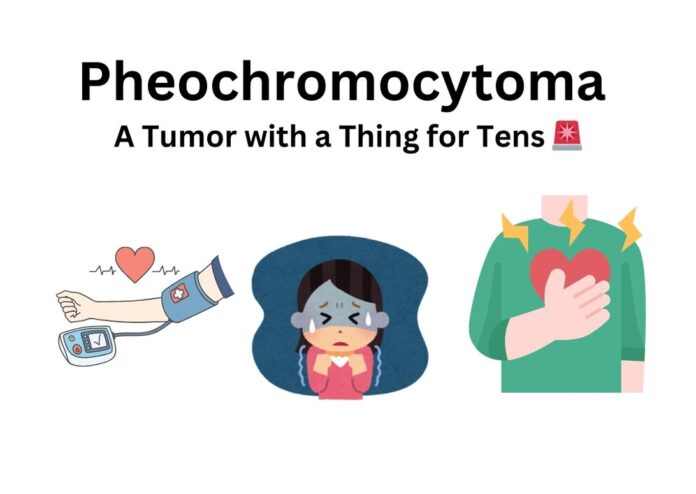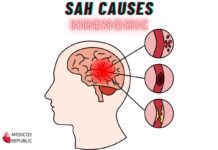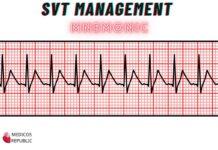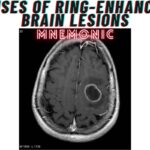Alright, medicos, let’s talk about pheochromocytoma — a rare but feisty little tumor that just loves to spike up your adrenaline like it’s training for a marathon.🏃♂️💨 It’s also got a weird obsession with the number 10, so let’s break it down in a fun and easy way that is easier to memorize and quick to recall under exam or clinical settings.
The “10% Rule” of Pheochromocytoma
- 10% Malignant – Good news: 90% of these guys are just being dramatic and won’t spread. Bad news: that sneaky 10% might go rogue and undergo malignant transformation
- 10% Bilateral – Yep, some people get a matching pair. It’s like your adrenals couldn’t just stop at one
- 10% Extra-Adrenal – Sometimes, these tumors decide the adrenal gland is too mainstream and set up shop elsewhere in the body (paragangliomas, we’re looking at you)
- 10% Calcified – Because why not throw in some extra decor? These tumors occasionally come with their own mineral bling.
- 10% Occur in Children – Kids get everything, even rare tumors. 🤷♂️ But when it happens, it’s usually linked to some genetic plot twist.
- 10% Familial – Speaking of genetics, about 10% of these tumors run in families, often hitching a ride with syndromes like Multiple Endocrine Neoplasia (MEN) type 2, Von Hippel-Lindau disease, and Neurofibromatosis type 1. 👨👩👧👦
Clinical Significance of Pheochromocytoma
Pheochromocytoma doesn’t just sit there quietly—it throws a full-on hormone party. Expect sudden spikes in blood pressure, pounding heartbeats (tachycardias), sweating like you’re in a sauna, headaches, panic attacks, and shaking like you just chugged five espressos. Diagnosis? A mix of blood tests (plasma-free metanephrines) and some fancy imaging (CT/MRI or MIBG scan). Treatment? Surgery, but first, we chill things out with alpha-blockers (phenoxybenzamines) to prevent your blood pressure from going haywire during the surgery.
Most common pheochromocytoma associations
To remember the most common associations of pheochromocytoma, memorize “1, 2, 3”:
- 1: Neurofibromatosis Type 1
- 2: Multiple Endocrine Tumor type II
- 3: Von Hippel–Lindau (occurs when there’s a mutation on chromosome number 3)
So there you have it—the “Rule of 10s” makes this rare tumor a little easier to remember. While it’s not common, catching it early can be lifesaving. 🏆 Stay sharp, and if someone’s mysteriously sweating and jittery, maybe don’t just assume they had too much coffee! ☕😂


![How to Remember Southern, Northern, and Western Blot Tests [Mnemonic] How to Remember Southern, Northern, and Western Blot Tests](https://www.medicosrepublic.com/wp-content/uploads/2025/06/How-to-Remember-Southern-Northern-and-Western-Blot-Tests-218x150.jpg)











![Gerstmann Syndrome Features Mnemonic [Easy-to-remember] Gerstmann Syndrome Features Mnemonic](https://www.medicosrepublic.com/wp-content/uploads/2025/06/Gerstmann-Syndrome-Features-Mnemonic-150x150.jpg)
![Cerebellar Signs Mnemonic [Easy to remember] Cerebellar Signs Mnemonic](https://www.medicosrepublic.com/wp-content/uploads/2025/06/Cerebellar-Signs-Mnemonic-150x150.jpg)
![Seizure Features Mnemonic [Easy-to-remember] Seizure Features Mnemonic](https://www.medicosrepublic.com/wp-content/uploads/2025/06/Seizure-Features-Mnemonic-1-150x150.jpg)

![Recognizing end-of-life Mnemonic [Easy to remember]](https://www.medicosrepublic.com/wp-content/uploads/2025/06/Recognizing-end-of-life-Mnemonic-150x150.jpg)

![Multi-System Atrophy Mnemonic [Easy-to-remember] Multi-System Atrophy Mnemonic](https://www.medicosrepublic.com/wp-content/uploads/2025/06/Multi-System-Atrophy-Mnemonic-150x150.jpg)

![How to Remember Southern, Northern, and Western Blot Tests [Mnemonic] How to Remember Southern, Northern, and Western Blot Tests](https://www.medicosrepublic.com/wp-content/uploads/2025/06/How-to-Remember-Southern-Northern-and-Western-Blot-Tests-150x150.jpg)









